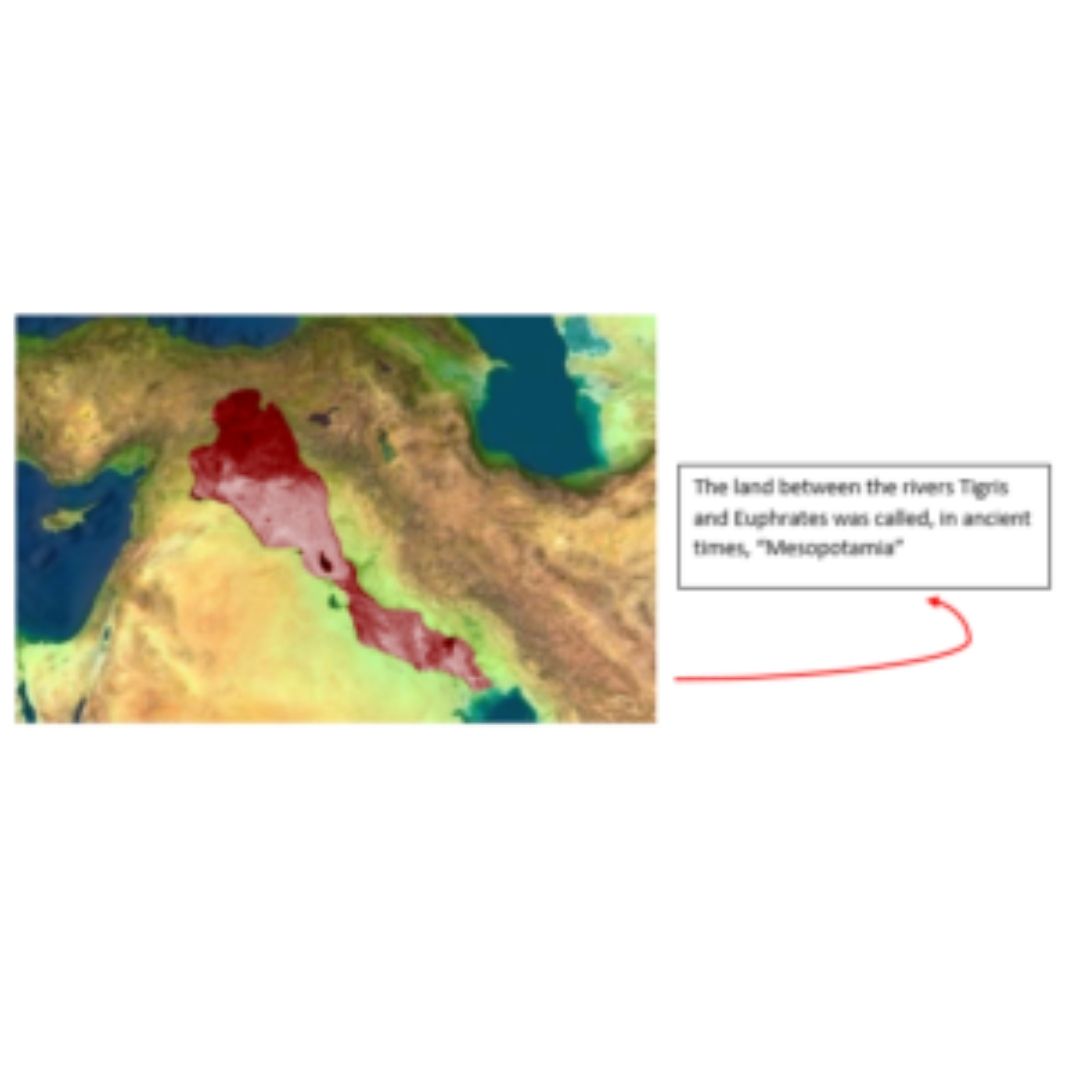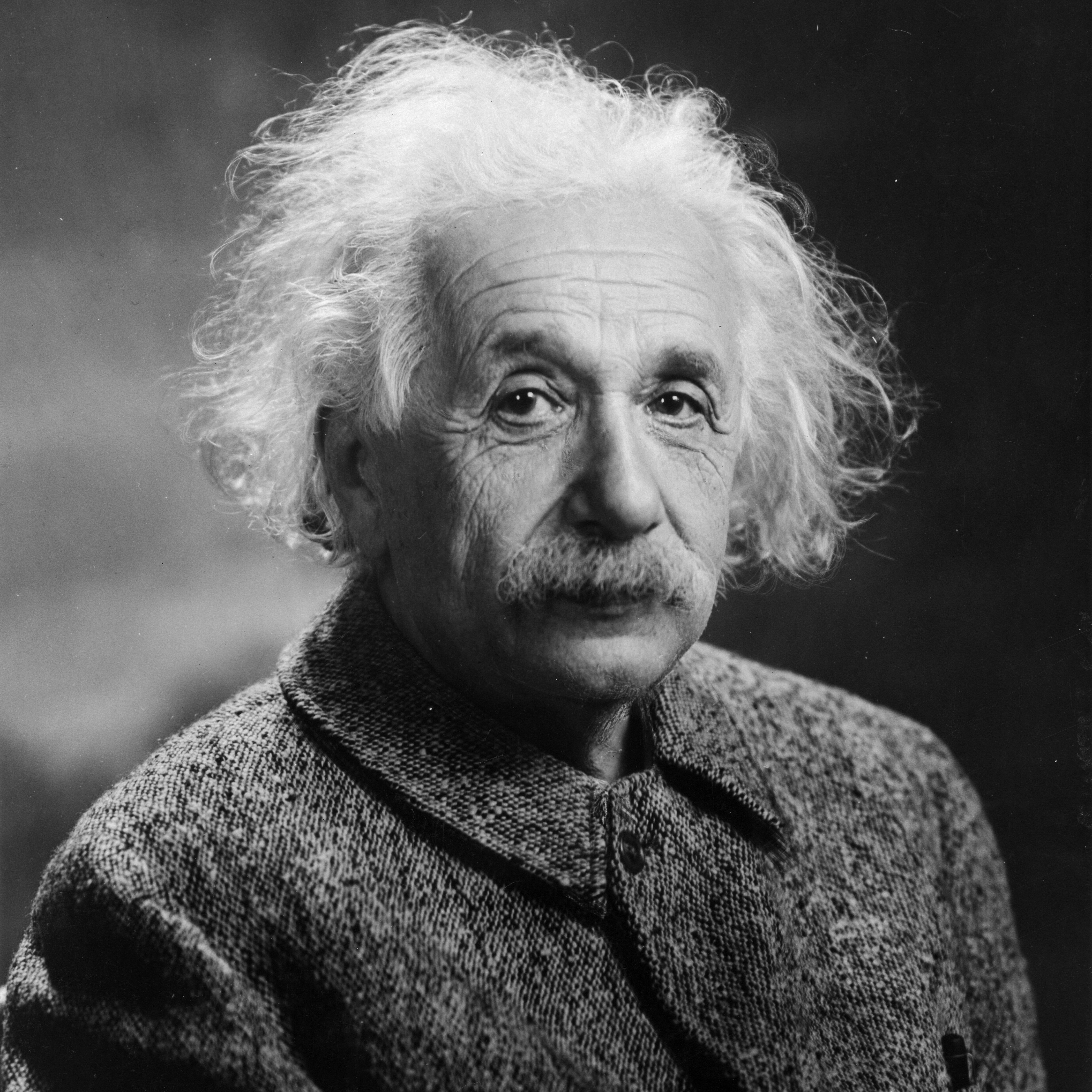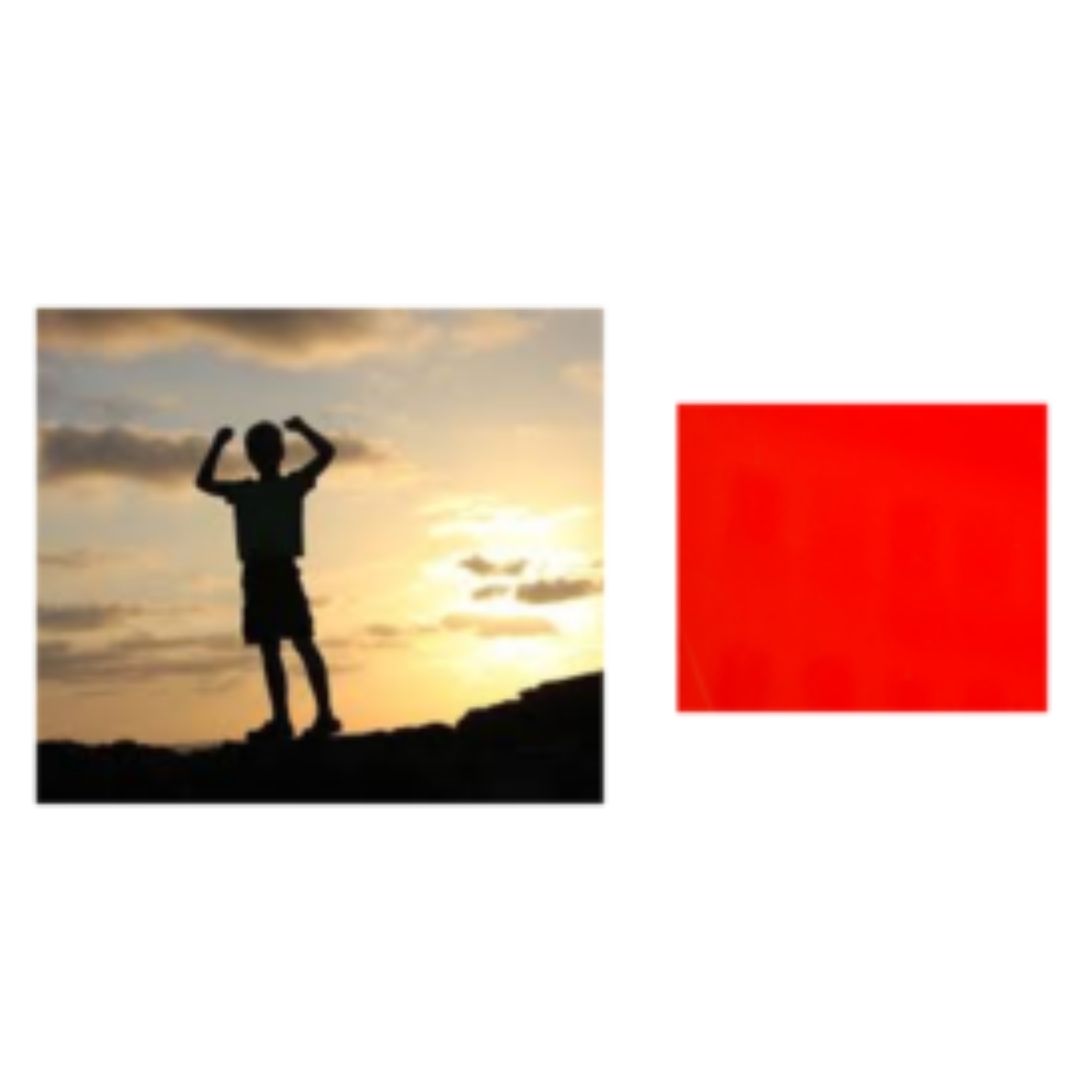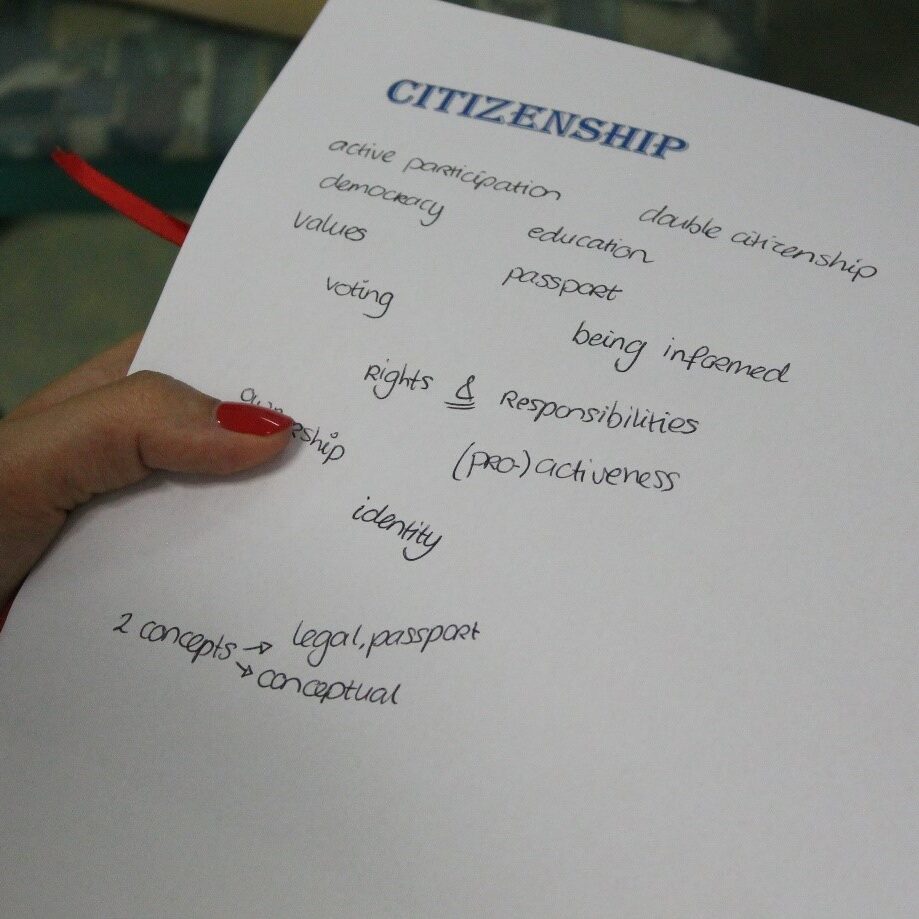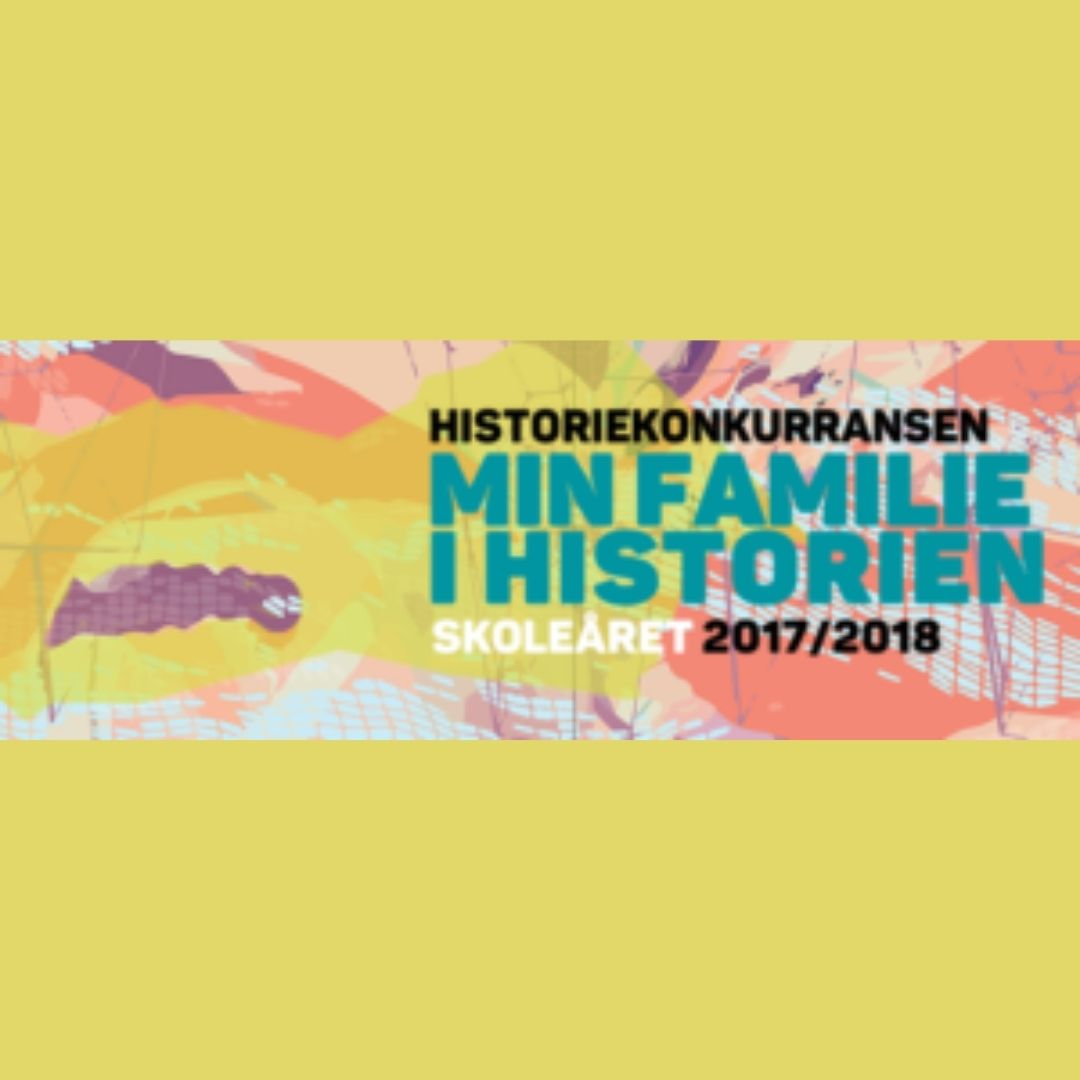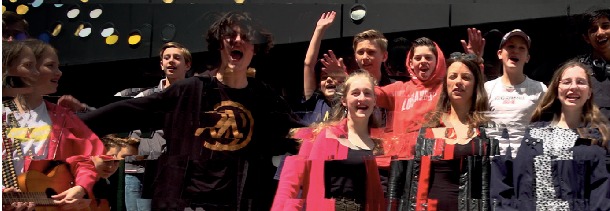
“United in diversity” is the motto of the European Union. It signifies how Europeans have come together, in the form of the EU, to work for peace and prosperity, while at the same time being enriched by the continent’s many different cultures, traditions and languages.
But with a past of division, rapid European integration in the last decades and challenges like migration, climate change and now, the war in Ukraine, how does this affect our sense of belonging to the EU? What holds Europe together or could drive us apart? What are our values and experiences and how do we reflect on a (shared) past? Through looking back at the recent history of European integration, students are invited to reflect on the ‘‘European project’’. What does it mean to them? And how has European integration affected people in different parts of the continent? What could a shared European future look like?
These are the questions that young people will try to answer in a short documentary they will create, guided by this interactive education kit.
The kit contains suggestions for activities to choose based on the needs of your students as well as an assessment grid. All videos are available on the In Europe Schools YouTube channel.
In Europe Schools is a joint initiative of EuroClio and the Dutch national broadcaster VPRO. Learn more about the project here and find previous toolkits here.

